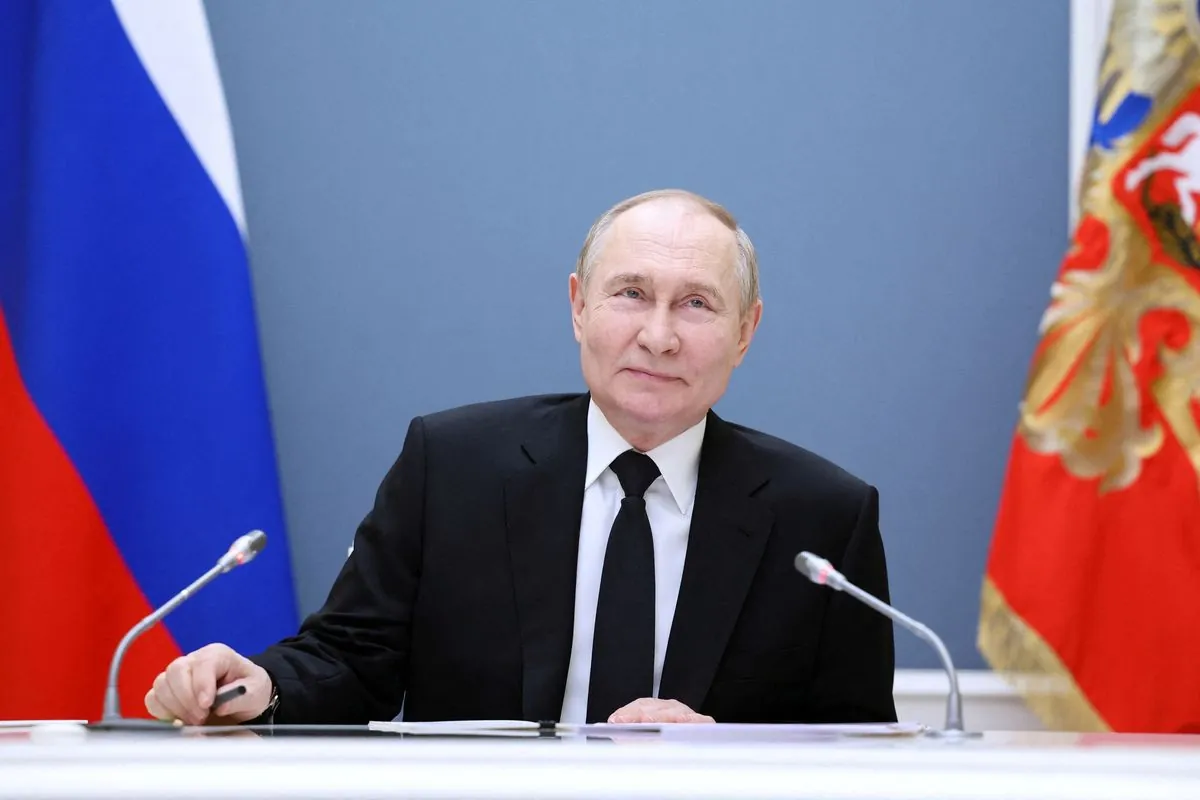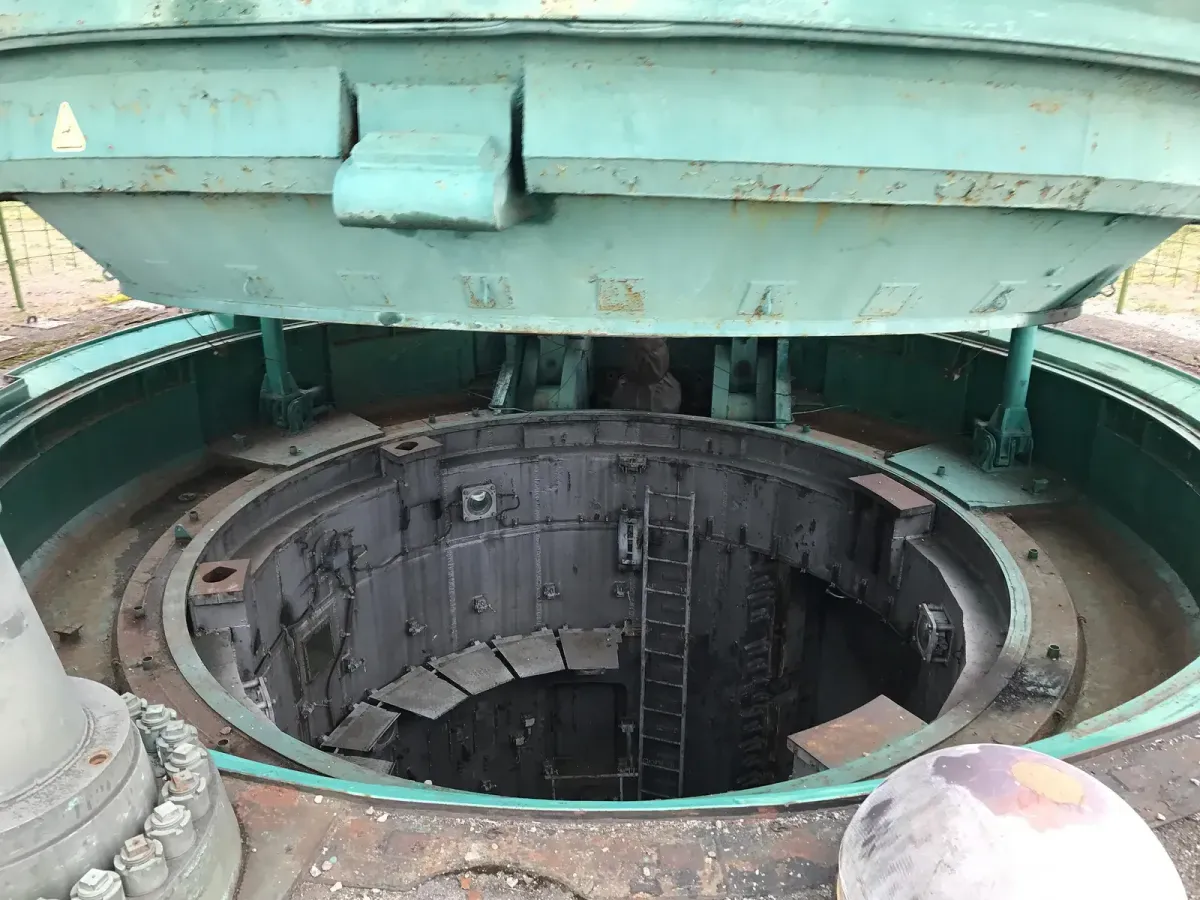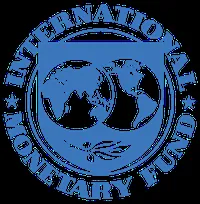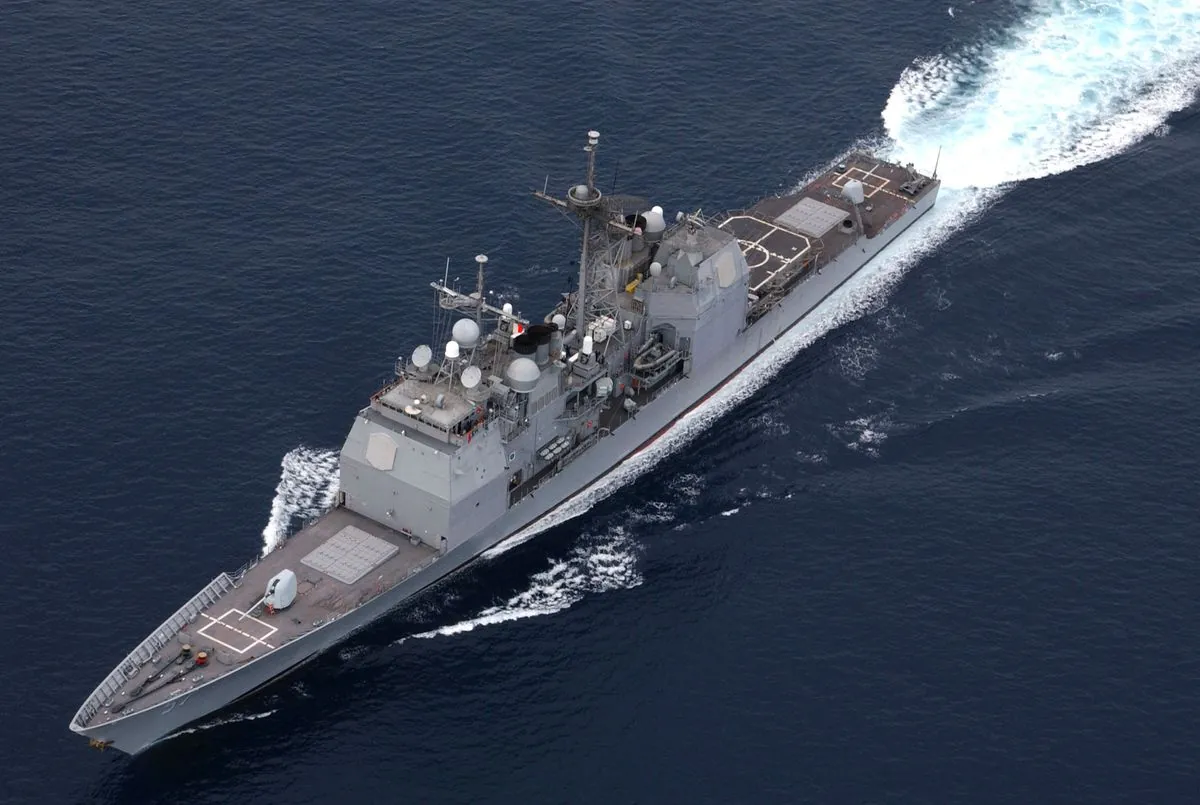Putin Outlines Potential Changes to Russia's Nuclear Doctrine
Russian President Vladimir Putin discusses proposed modifications to the country's nuclear policy, including conditions for nuclear weapon use and responses to conventional attacks supported by nuclear states.

One year ago, on September 25, 2023, Vladimir Putin addressed Russia's Security Council, outlining potential modifications to the nation's nuclear doctrine. These proposed changes reflect Russia's adaptation to perceived modern military threats and its stance on nuclear deterrence.
Putin emphasized that Russia might consider using nuclear weapons if attacked by any state, regardless of its nuclear status. This statement aligns with the concept of "first use" in nuclear strategy, which has been a subject of debate since the Cold War era. The Russian leader also highlighted that conventional attacks on Russia supported by nuclear powers could be interpreted as joint assaults.
"It is proposed that aggression against Russia by any non-nuclear state, but with the participation or support of a nuclear state, be considered as their joint attack on the Russian Federation."
The conditions for Russia's potential use of nuclear weapons were clearly defined, according to Putin. These include detecting the initiation of a massive launch of missiles, aircraft, or drones against Russian territory. Additionally, Russia reserves the right to employ nuclear weapons if either Russia or its ally Belarus face aggression, even by conventional means.

It's crucial to note that Russia possesses the world's largest nuclear arsenal, with approximately 5,977 warheads as of 2024. This fact underscores the significance of any changes to Russia's nuclear doctrine. The global nuclear landscape has been shaped by various treaties and agreements over the years, including the Treaty on the Non-Proliferation of Nuclear Weapons (NPT), which entered into force in 1970.
The concept of "mutually assured destruction" (MAD) has long been a cornerstone of nuclear deterrence strategy. This principle suggests that the threat of using nuclear weapons effectively prevents nuclear-armed countries from engaging in full-scale warfare with each other. The proposed changes to Russia's doctrine appear to reinforce this concept while also addressing perceived threats from non-nuclear states aligned with nuclear powers.
International efforts to reduce nuclear proliferation and promote disarmament continue, with organizations like the International Atomic Energy Agency (IAEA) working to ensure the peaceful use of nuclear energy. However, the extension of the Strategic Arms Reduction Treaty (New START) between the US and Russia until 2026 indicates ongoing challenges in achieving complete nuclear disarmament.
As the world grapples with nuclear tensions, the Doomsday Clock, maintained by the Bulletin of the Atomic Scientists, serves as a symbolic representation of how close humanity is to global catastrophe. The proposed changes to Russia's nuclear doctrine may influence future assessments of global nuclear risk.
While Putin asserts that these modifications are carefully calibrated, their potential impact on global nuclear strategy and international relations remains to be seen. The international community continues to work towards nuclear non-proliferation and disarmament, as evidenced by the Treaty on the Prohibition of Nuclear Weapons, which entered into force in 2021, although major nuclear powers have not signed it.
As the global nuclear landscape evolves, the importance of diplomatic efforts and international cooperation in maintaining peace and preventing nuclear conflict cannot be overstated.


































